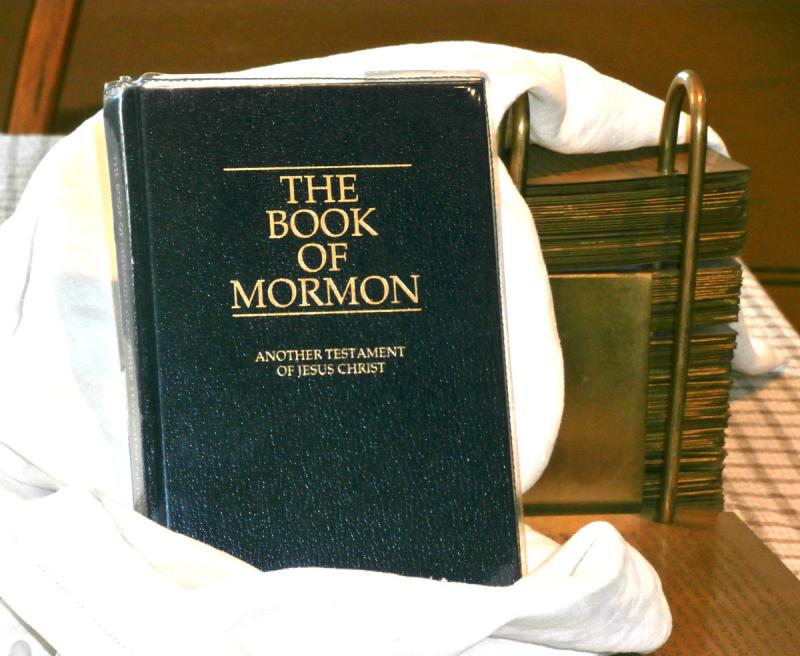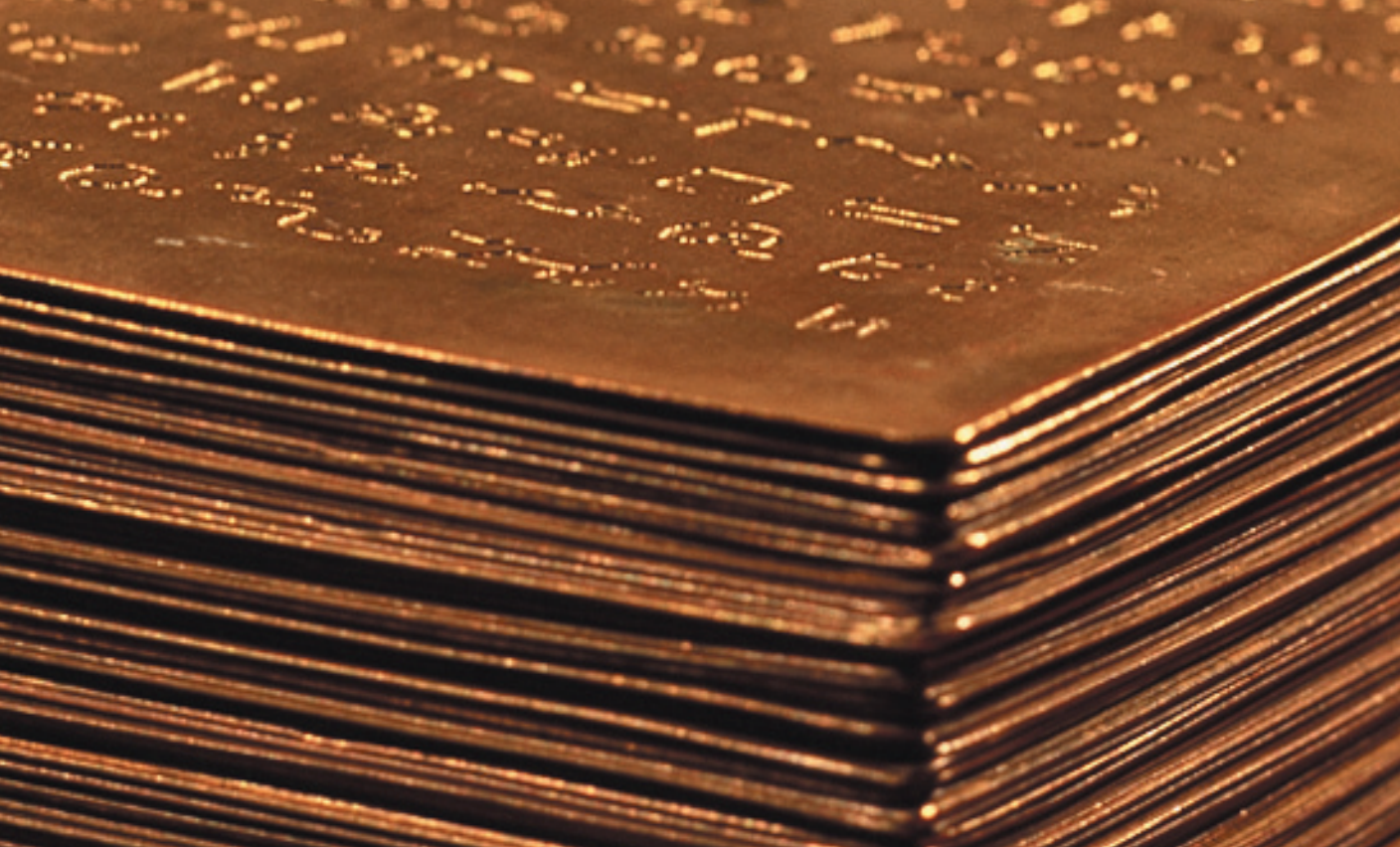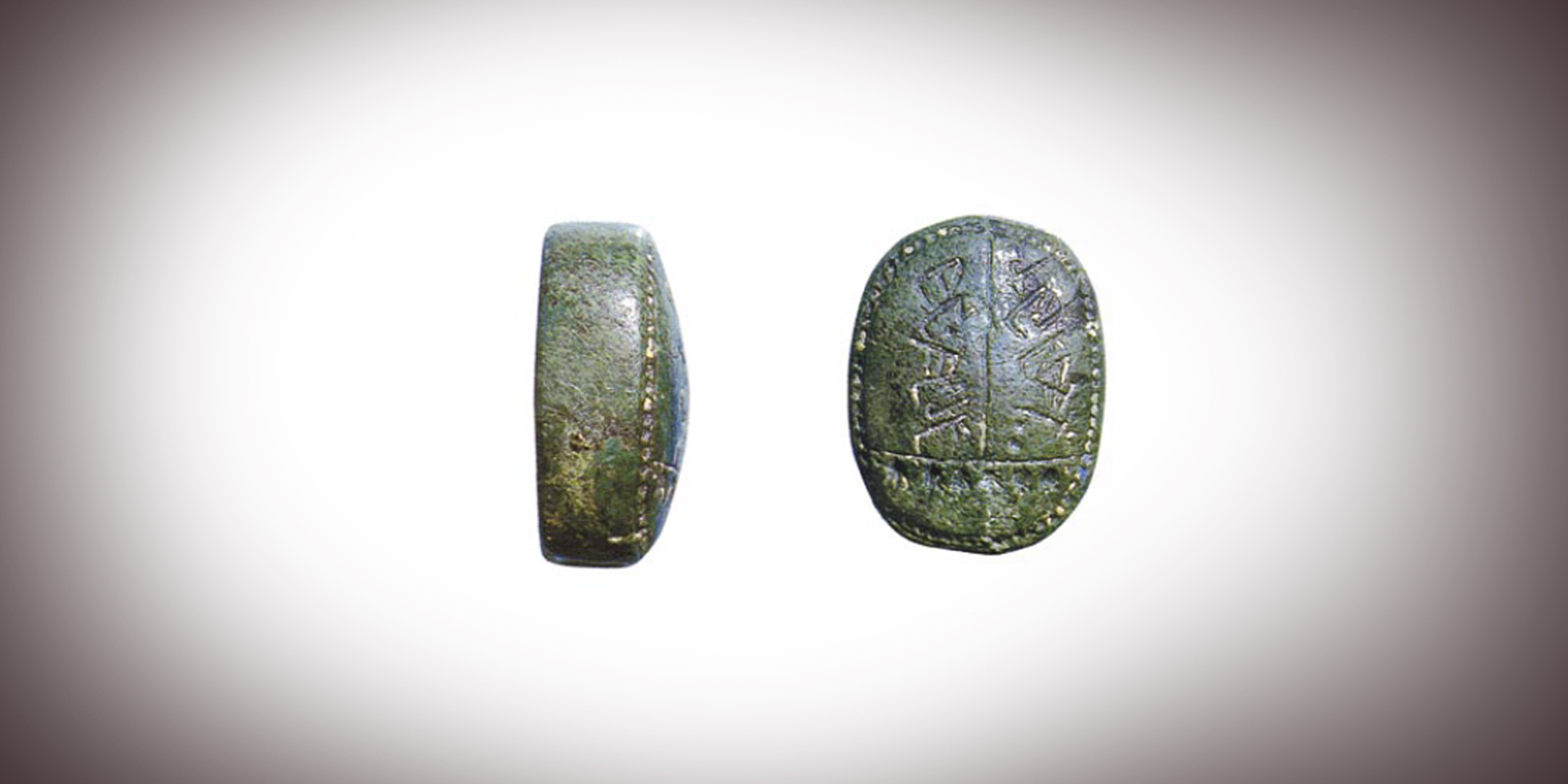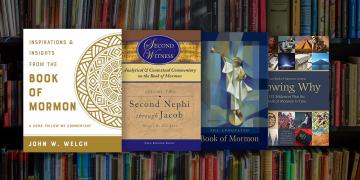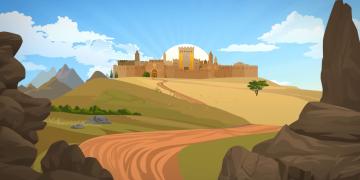You are here
Book of Mormon Central is in the process of migrating to our new Scripture Central website.
We ask for your patience during this transition. Over the coming weeks, all pages of bookofmormoncentral.org will be redirected to their corresponding page on scripturecentral.org, resulting in minimal disruption.
It’s been with us almost 200 years. It recounts the rise and fall of two mighty nations with tens of thousands—potentially millions—of inhabitants (Ether 15:2). Seems perfectly natural to expect physical evidences to exist. Right?
The Book of Mormon’s authors made it clear the record was spiritual, and that it would touch on historical matters but lightly (1 Nephi 9:2; 2 Nephi 5:33; Jacob 1:2–3). Its compilers minimized cultural references to maximize its universality, particularly for folks in the last days (Alma 37:14, 18–19; Mormon 3:17–22; 8:25–41). Too many historical and cultural references might’ve undermined or watered down its spiritual objectives. In this regard, the Book of Mormon’s authors and abridgers seem admirably farsighted. Nevertheless, to effectively communicate many enlightening doctrines, incorporating some history and culture was necessary, unavoidable.
Still, Latter-day Saints have questions. Nephites, Lamanites, and Jaredites had to live somewhere. A healthy curiosity need not be suppressed—“healthy” being the operative word. Not obsessive. Not to the exclusion of principles outlined by Moroni.
Supporting evidences of the Book of Mormon are broadly identifiable. The volume has long invited scrutiny from all branches of science. Archaeology itself can be divided and subdivided into numerous disciplines. I couldn’t possibly cover every Book of Mormon correlation in one sitting. In this post I wanted to emphasize physical evidences—stuff you can touch, see, feel. Though there are many more than five, I've tried to present a thoughtful cross-section.
1. Metal plates
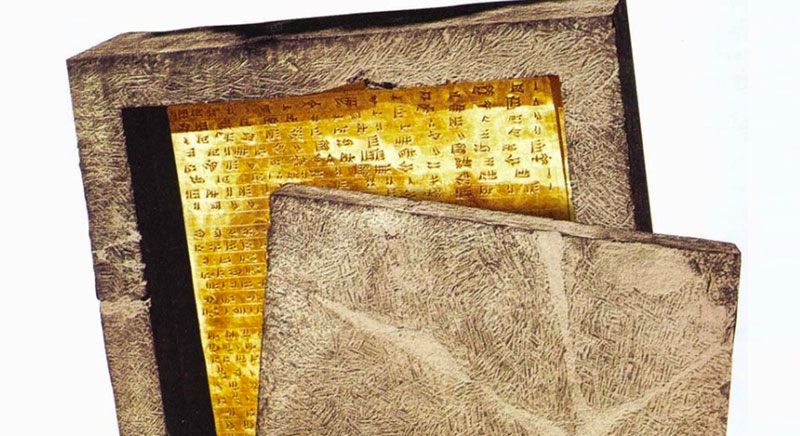
It almost seems a shame to use up one of my 5 evidences here. The issue of inscribed metal plates in stone boxes has been so effectively laid to rest by modern archaeology that Latter-day Saints hardly remember when it was one of Mormonism’s most prevalent and scathing criticisms. We were told the ancients did not preserve records on plates.1 We were told ancient Israelites, in particular, did not write on plates.2 We were told they would have been too heavy for Joseph to carry while running from ruffians or heft from one hiding place to the next.3
Time has rendered all such objections moot. Hundreds, if not thousands, of examples of metal plates—copper, silver, bronze, brass, and yes, gold—many in stone boxes, and even some bound with metal rings—have been unearthed in places as diverse as Spain, Bulgaria, Italy, Greece, Korea, Egypt, Syria, Iran, even Mesoamerica—too many to mention. As for Israel, not only have we found the famous copper scroll of Qumran, but two small silver plates from Jerusalem that date to the 7th–6th century B.C.4
Finally, we learn of a shimmering gold and copper alloy called tumbaga by the Spanish that has existed from pre-Columbian times—the same composition described by Joseph’s brother, William—bringing in the plates at a nice “heftable” weight of 40–60 lbs.5
For further insights take a look at various KnoWhys on this topic here, here, and here.
2. An Arabian altar at a crossroad called Nahom
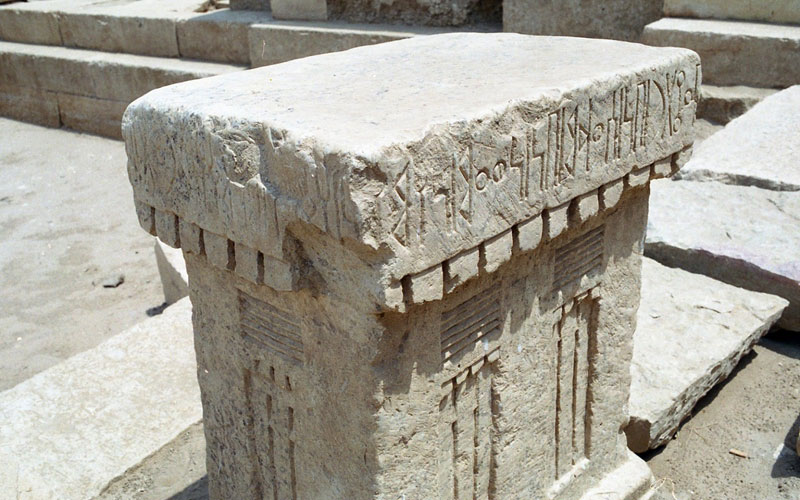
Okay, we admit, this item is on most lists of Book of Mormon evidences—undoubtedly because it’s so spot-on. Not one, but three ancient altars inscribed with the same three Semitic consonants of the place-name, Nahom, as mentioned in 1 Nephi 16:34. Never mind the lack of vowels in the Hebrew alphabet that might alter the pronunciation: “Ni-ham,” “Nu-heem,” “Nehum”. The coincidence remains staggering. Not only are these altars found in the right place, they date to the right time. If that’s not enough, Nahom itself appears associated with the Hebrew word for “mourning”, which is precisely why the Lehites were there. Nahom was one of the largest burial areas in ancient Southwestern Arabia,6 and the travelers were there to mourn the death of their beloved friend, Ishmael.
Joseph Smith simply could not have known this in 1830. Some of the theories proposed to explain away this coincidence have lower odds than Joseph just making a wild and lucky guess. Want to learn more? Visit our KnoWhy here and watch our Evidences Video on Nahom here.
3. Cement
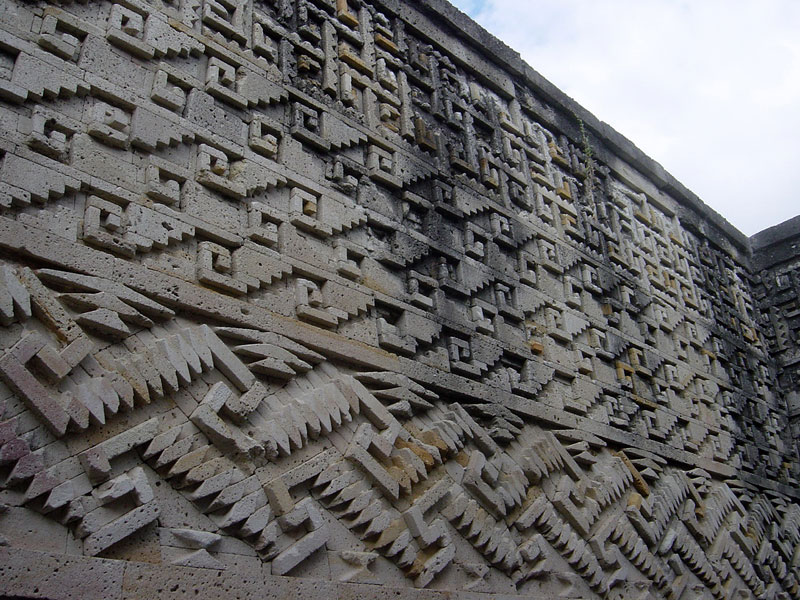
For one particular physical evidence, look no further than a plethora of archaeological sites from many different centuries, but particularly centuries on either side of the meridian of time. That evidence? Cement.
During the 1st century B.C., the Nephites faced a tricky challenge. The worst fears of the Lorax had come true: The land had been scavenged of timber. This forced them to rely upon cement construction for housing and other buildings, becoming, or so we’re told, quite the experts (Helaman 3:7).
No one in Joseph Smith’s time could have pointed to any Native American cement wall or fountain. B. H. Roberts wrote a letter in 1932 citing a few sources for cement work that pre-dated the Book of Mormon’s publication, but this information was highly obscure until the middle of the 20th century. Employing the word “cement” was cited as anachronistic proof of the Book of Mormon’s fabrication.7
Once again, patience transformed this into a non-issue. Not only have cement structures been identified throughout Mesoamerica, but as Dr. John Sorenson noted, “The first-century-BC appearance of cement in the Book of Mormon agrees strikingly with the archaeology of central Mexico.”8 Dr. John W. Welch pointed out that no archeologist in 1829 could have known how accurately the dating of this technological adaptation correlated with what was happening on the ground.9 To learn more, take a gander here.
4. The seal of Mulek
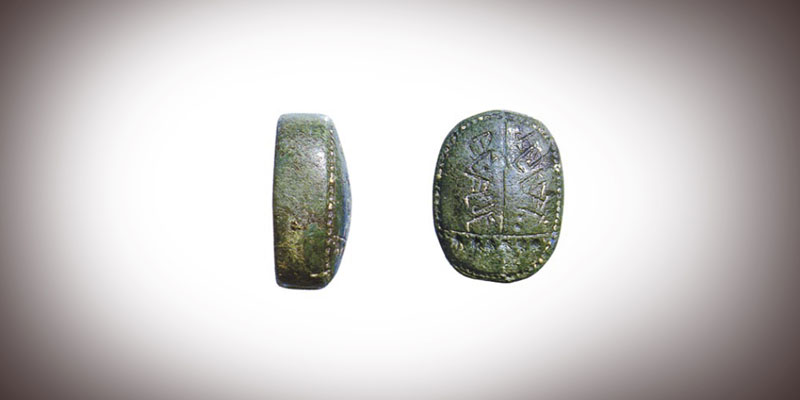
First, realize that evidences of a sacred text are extraordinary things. Artifacts that support the Old Testament, for example, are rare and highly treasured by people of faith in Israel and throughout the world.
Now consider a small clay emblem for stamping documents excavated in Jerusalem in the 1980s with the name Malkiyahu ben hamelek, or Malkiyahu son of the king. This seal dates conveniently to the late 7th or early 6th centuries B.C.
Book of Mormon readers are well aware of a tribal group who claimed to descend from a son of King Zedekiah named Mulek. (Helaman 6:10; 8:21) Trouble is, history wasn’t aware of any “Prince Mulek”, let alone any children of King Zedekiah who would have survived the Babylonian massacre. And one who found allies and migrated to the New World? That’s what makes this seal so interesting. Mulek is easily an hypocoristic, or shortened, form of Malkiyahu, exactly as today we’d shorten Alexander to Alex or Nathaniel to Nate. Mulek may have also been mentioned in Jeremiah 38:6.10 This artifact is so small it could fit on your fingernail, yet its implications could be enormous. Definitely worth digging for further details here.
5. Barley in the Americas
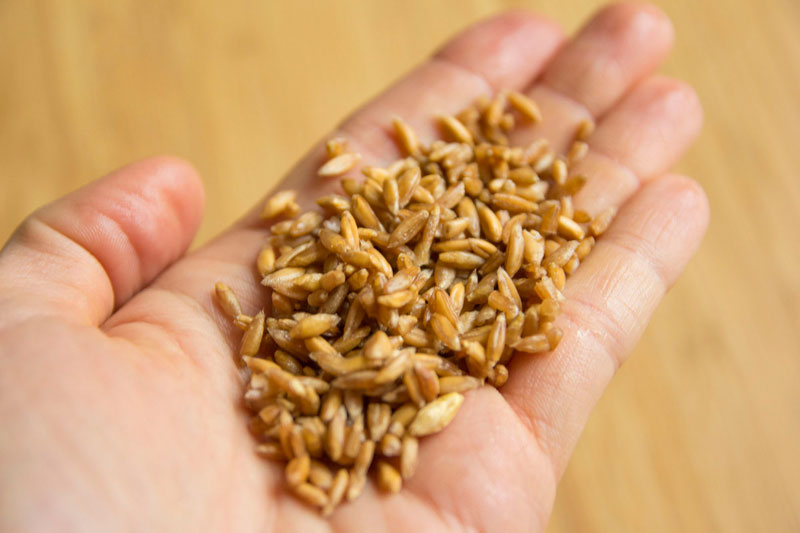
Our final physical evidence is also small—as tiny as a single grain. In fact, it is a grain. In Mosiah 7:22 we read that the Nephites cultivated barley, even utilizing it for monetary purposes: “And behold, we at this time do pay tribute to the king of the Lamanites, to the amount of one half of our corn, and our barley, and even all our grain of every kind,”
Barley comes up in the Book of Mormon four different times (Mosiah 7:22; 9:9; Alma 11:7, 15). Yet prior to A.D. 1492, this grain wasn’t known to have existed, let alone cultivated, in this hemisphere. Thus, more fodder for Book of Mormon criticism and ridicule.
It wasn’t until 1983 that archeologists acknowledged the existence and cultivation of a type of New World barley that dated to as early as 800 B.C.11 To learn more, see here.
Conclusion
This is in no way a complete list. It barely scratches the surface. My objective was to offer a sampling of the growing compendium of Book of Mormon archaeological evidences. Also, to remind us all—members and non-members, layman and scholars—that our most valuable attribute with regard to this research may be patience. As LDS scholars have attested, time has not diminished the Book of Mormon’s relevance. Instead, it has expanded and amplified it.12
Still, it’s important to restate the core emphasis: physical evidence pales next to personal revelation—a promise the Book of Mormon extends to every sincere and faithful inquirer. This principle was vital before most of today’s scientific fields were defined and will surely endure long after such disciplines have re-divided and re-subdivided ad infinitum.
- 1. See M.T. Lamb, The Golden Bible: Or, the Book of Mormon. Is It From God? (New York: Ward and Drummond, 1887), 11.
- 2. See La Roy Sunderland, Zion’s Watchman (New York) 3, no. 8 (24 February 1838).
- 3. Eber D. Howe, Mormonism Unvailed (Painesville, Ohio: Telegraph Press, 1834).
- 4. H. Curtis Wright, “Ancient Burials of Metal Documents in Stone Boxes,” in By Study and Also by Faith: Essays in Honor of Hugh W. Nibley, ed. John M. Lunquist and Stephen D. Ricks, 2 vols. (Salt Lake City and Provo, UT: Deseret Book Company and FARMS, 1990), 2:273–334.
- 5. William Smith, The Saints’ Herald, October 4, 1884, 644; as cited in Henrichsen, “How Witnesses Described the ‘Gold Plates’,” 17; Read H. Putnam, “Were the Golden Plates made of Tumbaga?” Improvement Era 69, no. 9 (September 1966): 788–789, 828–831.
- 6. Warren P. Aston, Lehi and Sariah in Arabia: The Old World Setting of the Book of Mormon (Xlibris, 2015), 72–73.
- 7. Heber J. Grant, Conference Report, April 1929, 129; John L. Smith, “What about those Gold Plates?” The Utah Evangel 33, no. 6 (September 1986): 8.
- 8. John L. Sorenson, Mormon’s Codex: An Ancient American Book (Salt Lake City and Provo, UT: Deseret Book and Neal A. Maxwell Institute for Religious Scholarship, 2013), 322.
- 9. John W. Welch, “A Steady Stream of Significant Recognitions,” in Echoes and Evidences of the Book of Mormon, ed. Donald W. Parry, Daniel C. Peterson, and John W. Welch (Provo, UT: FARMS, 2002), 372–374.
- 10. Robert F. Smith, “New Information about Mulek, Son of the King,” in Reexploring the Book of Mormon: A Decade of New Research (Salt Lake City, UT and Provo, UT: Deseret Book and FARMS, 1992), 142–144; John A. Tvedtnes, John Gee, and Matthew Roper, “Book of Mormon Names Attested in Ancient Hebrew Inscriptions,” Journal of Book of Mormon Studies 9, no. 1 (2000): 51.
- 11. John L. Sorenson and Robert F. Smith, “Barley in Ancient America,” in Reexploring the Book of Mormon: A Decade of New Research, ed. John W. Welch (Salt Lake City and Provo, UT: Deseret Book and FARMS, 1992), 130–132; Michael T. Dunn and William Green, “Terminal Archaic and Early Woodland Plant Use at the Gast Spring Site (13LA152) Southeast Iowa,” Midcontinental Journal of Archaeology 23, no. 1 (1998): 64.
- 12. John E. Clark, “Archaeological Trends and the Book of Mormon Origins,” in The Worlds of Joseph Smith: A Bicentennial Conference at the Library of Congress, ed. John W. Welch (Provo, UT: BYU Press, 2006), 94–95. “The overall trend in the date over the past 175 years fits the expectations for the Book of Mormon as history rather than hoax. … As seen by science, the Book of Mormon is stronger today than it was in 1830, 1844, 1950, or even 2000, so I expect it will continue to become stronger in the future.” (p. 95).
Subscribe
Get the latest updates on Book of Mormon topics and research for free


